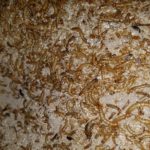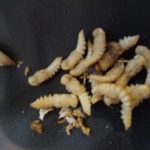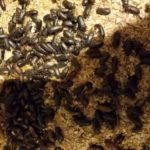It appears that butterflies, fireflies and other insects are vanishing worldwide. https://www.msn.com/en-us/science/ecology/ar-AA1AoOyV
Category: Uncategorized
composting
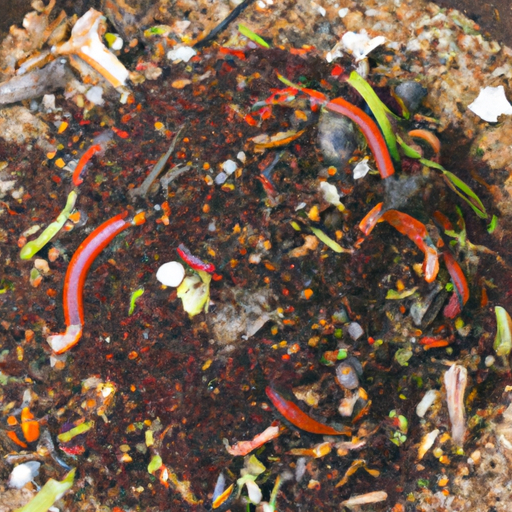
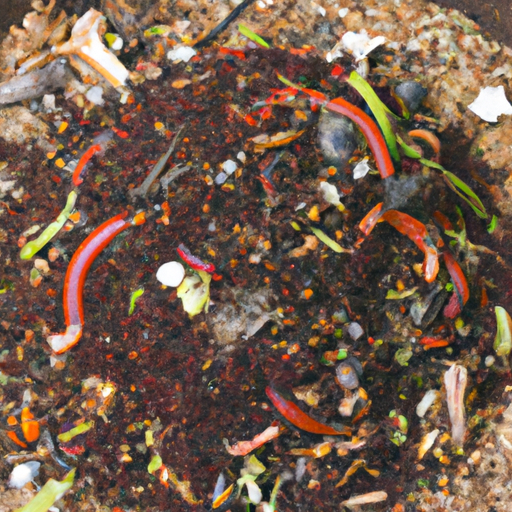
Composting is the process of breaking down organic matter, such as food scraps, yard waste, and other biodegradable materials, into a nutrient-rich soil amendment. Composting is a natural process that helps to reduce the amount of waste that goes into landfills and helps to improve soil health. Composting can be done in a variety of ways, including backyard composting, vermicomposting, and commercial composting.
composting
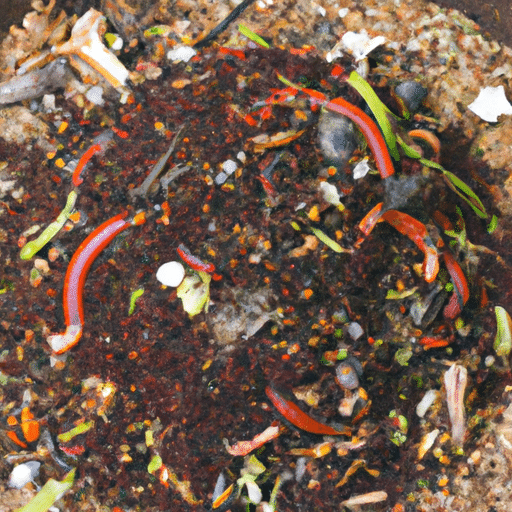
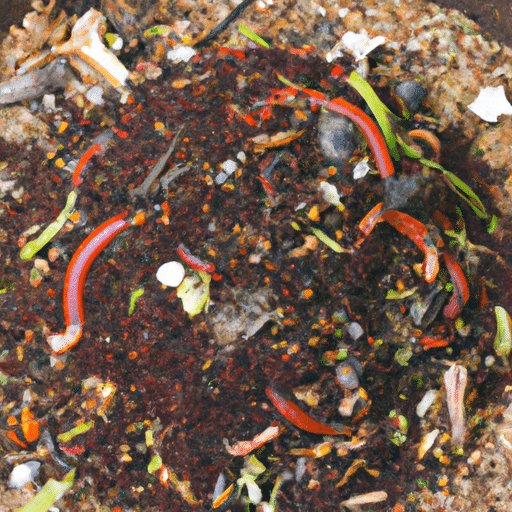
Composting is the process of breaking down organic matter, such as food scraps, yard waste, and other biodegradable materials, into a nutrient-rich soil amendment. Composting is a natural process that helps to reduce the amount of waste that goes into landfills and helps to improve soil health. Composting can be done in a variety of ways, including backyard composting, vermicomposting, and commercial composting.
composting


Composting is the process of breaking down organic matter, such as food scraps, yard waste, and other biodegradable materials, into a nutrient-rich soil amendment. Composting is a natural process that helps to reduce the amount of waste sent to landfills, while also providing a valuable soil amendment for gardens and landscaping. Composting can be done in a variety of ways, including backyard composting, vermicomposting, and commercial composting.
composting


Composting is the process of breaking down organic matter, such as food scraps, yard waste, and other biodegradable materials, into a nutrient-rich soil amendment. Composting is a natural process that helps to reduce the amount of waste sent to landfills, while also providing a valuable soil amendment for gardens and landscaping. Composting can be done in a variety of ways, including backyard composting, vermicomposting, and commercial composting.
composting
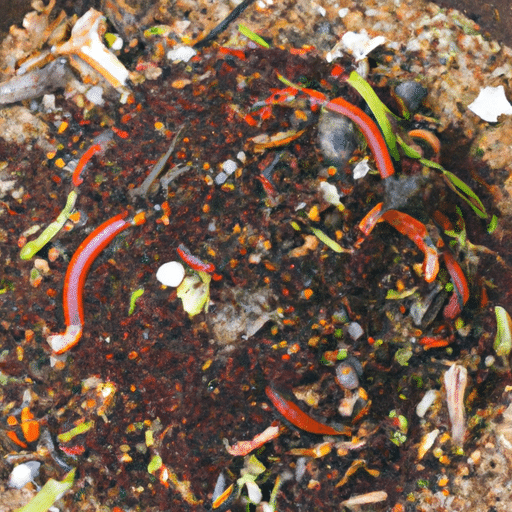
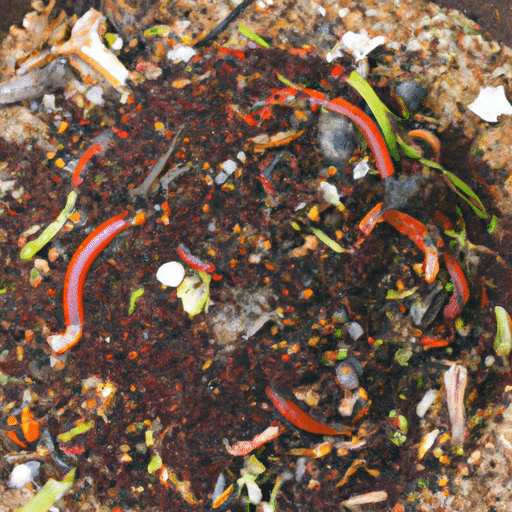
Composting is the process of breaking down organic matter, such as food scraps, yard waste, and other biodegradable materials, into a nutrient-rich soil amendment. Composting is a natural process that helps to reduce the amount of waste that goes into landfills and helps to improve soil health. Composting can be done in a variety of ways, including backyard composting, vermicomposting, and commercial composting.
composting
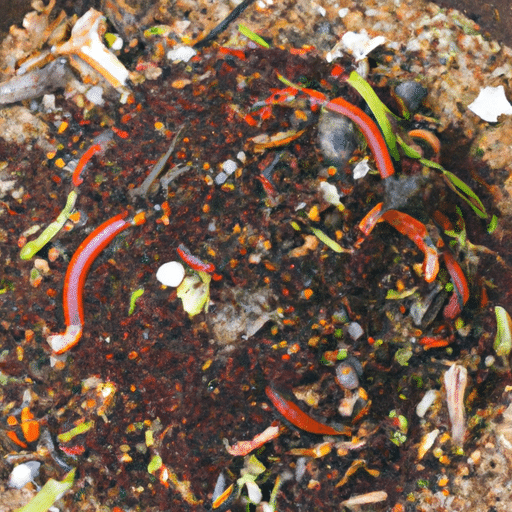

Composting is the process of breaking down organic matter, such as food scraps, yard waste, and other biodegradable materials, into a nutrient-rich soil amendment. Composting is a natural process that helps to reduce the amount of waste sent to landfills, while also providing a valuable soil amendment for gardens and landscaping. Composting can be done in a variety of ways, including backyard composting, vermicomposting, and commercial composting.
My Garden
I plant enough to feed my family fresh vegetables and to also offer our insects organic vegetables. Our roaches, isopods and worms love fresh veggies.
New Social Network

Please check out and join our new social network at Invertebrateplanet.com. Invertebrate Planet is a social network for invertebrate enthusiasts and it part of our Invertebrate Network of sites. Please join today. It’s free!
How to Breed Mealworms Easily
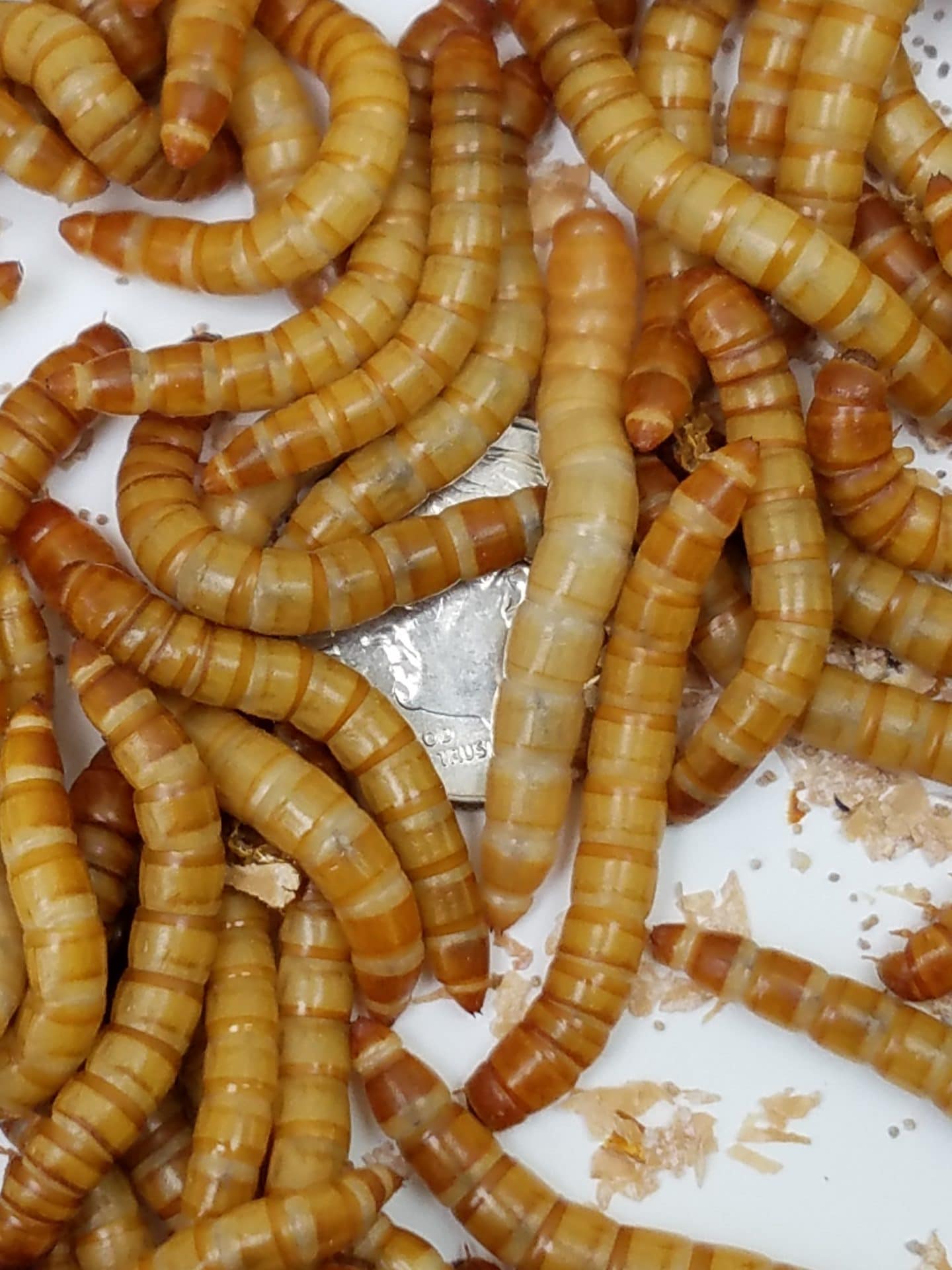
Breeding your own mealworms can save you money and ensure that your pets and wild birds are getting the very best food.
What you will need:
1. Mealworms. Please get them from us. We have mealworms for sale and on sale here. 🙂
2. You will need a bedding/food source. We use wheat bran. You can also get that from us or from any farm and feed store.
3. You will need 2 shoe boxes. You will not need the lid unless you live in a very dry climate.
Mealworm Life Cycle:
Mealworm Breeding Instructions:
1. Retrieve your worms from the package and place them in one of the containers with about 1/4” of the bedding/food. You will not need the other container right now so store it in a safe place.
2. Feed the worms a slice of potato or cucumber. Please replace daily and throw away the old piece.
3. Let your worms eat the bedding and drink from the vegetable until the morph into beetles which should happen over the next couple of weeks.
4. Keep them worms in a warm place. Room temp or above, to about 85 degrees, will work well. Ensure that the bedding does not get wet or mold. You can do this by fluffing it weekly.
5. Your worms will morph into pupa and then they will becomebeetles. Remove the beetles from the container and place them in the second breeding container with ¼ “ of the wheat bran and give them a slice of potato.
7. Over the next couple of weeks the beetles will lay eggs in the bedding. After about a week, baby worms will be visible in the bedding, especially under the potato slices.
8. Just leave the beetles in that container and allow them to lay eggs until the die, which will take a couple of weeks
9. The worms will take a few weeks to grow out into large worms and then you will be able to repeat the process.
10. To size the worms, just move the beetles into a new container every week. You can use a shoe box or a Rubbermaid container. You do not have to do this but this will help you have the same size worms in each container. This is how the big superworm farms do it.
You can supplement their wheat bran bedding with non-medicated chicken feed, table bran, and things like whole grain cerial and oats.
You can also just get yourself a mealworm breeding kit from us and most of the work is done for you. Plus, it comes with meal worms. We have Mealworm Breeding Kits for Sale here.


